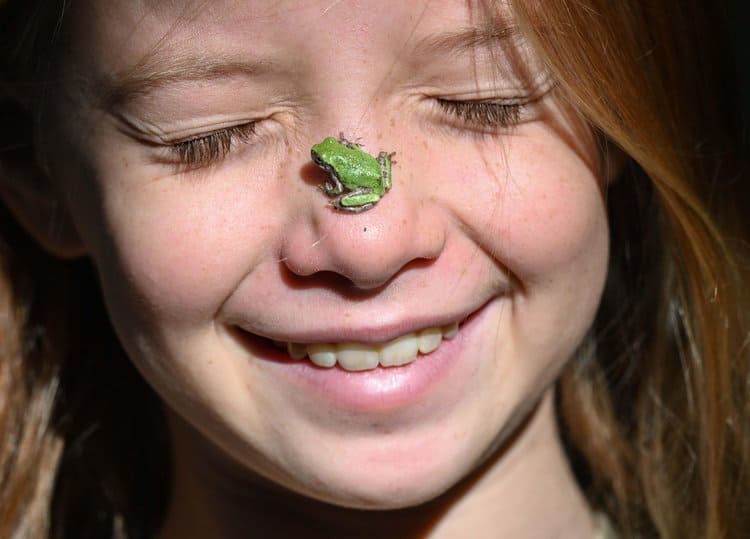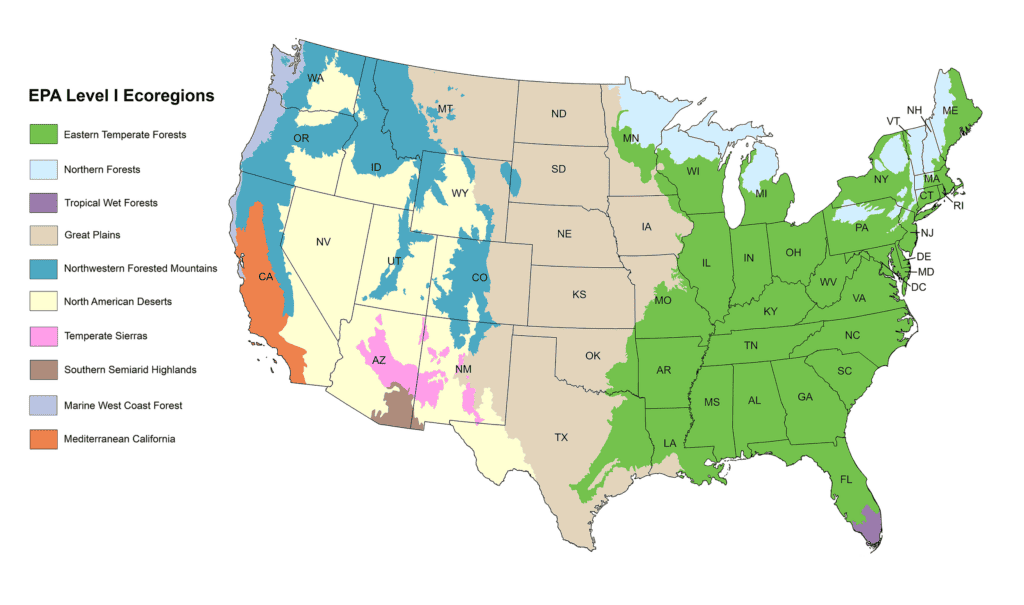International Day for Biodiversity: A Message from Doug Tallamy
It really works! For years now, I have been claiming that restoration works, that nature is wonderfully resilient, and that, with a little help, she can rebuild biodiversity throughout human-dominated landscapes whenever she is given half a chance. Tallamy Residence What has happened on the Tallamy property in southeast Pennsylvania over the past two decades […]
International Day for Biodiversity: A Message from Doug Tallamy Read More »





